Discover our e-shop and access a digital catalogue of over 40.000 design products.
Go to shop15 January 2025
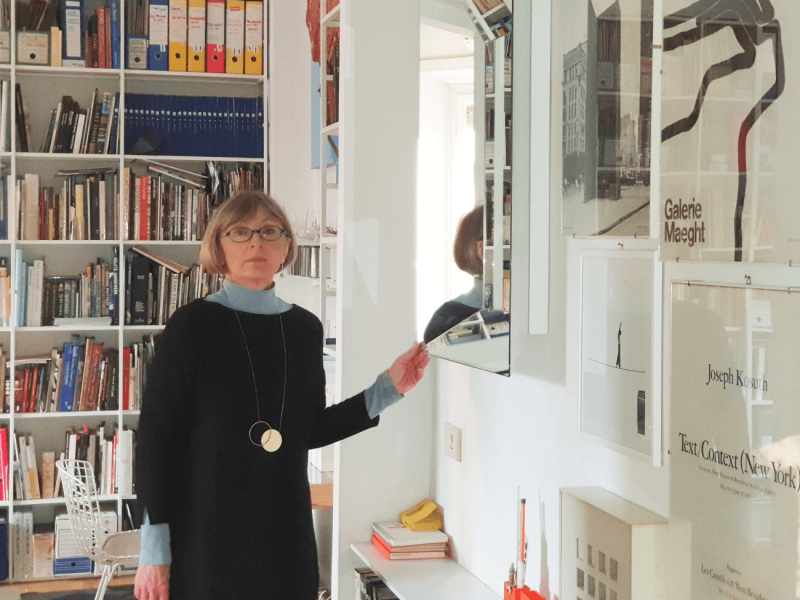
The architect and designer based in Rome, talks about how she designed her house and describes the “simple” language of her design.
Marta Laudani is an architect and designer, she designs home interiors but also furniture and lights collaborating with companies that reflect her approach, which she herself describes starting from the function and continuing with customization.
This vision applies to both architecture and design, in the first case creating a house that is operational but that knows how to accommodate the subjectivity of those who live there. In the second case fulfilling a function but also offering a narrative cue to those who choose furniture, a light or an accessory designed by her. As in the case of Floret, a collection recently presented for Covo.
In designing your house, what were the priorities?
I have always thought that designing for oneself was a great privilege. An opportunity for exploration, for freedom, in search of unexplored spaces, beyond the usual. Setting goals that are not always easy to convince customers about. In my home I wanted to experiment with an extensive use of metal in all the furnishings, fixed or mobile: bookcases, tables and doors, but also wardrobes, kitchen cabinets, mirrors or coat racks.
The white paint then made everything uniform, assimilating the furnishings to the walls and ceilings, making the boundaries between the different elements uncertain. Furthermore, I wanted to introduce a surprising character into the project, inserting some small “games”.
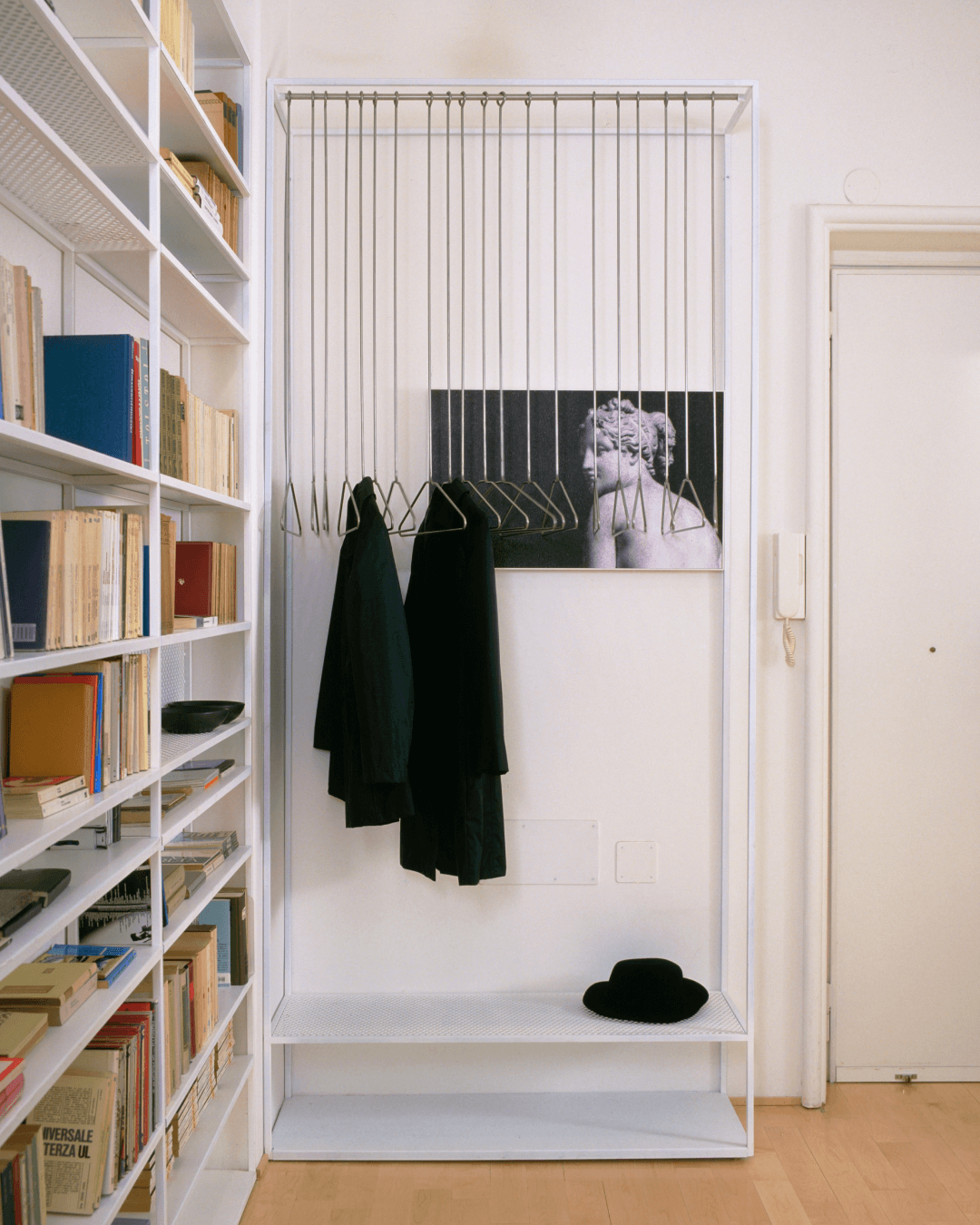
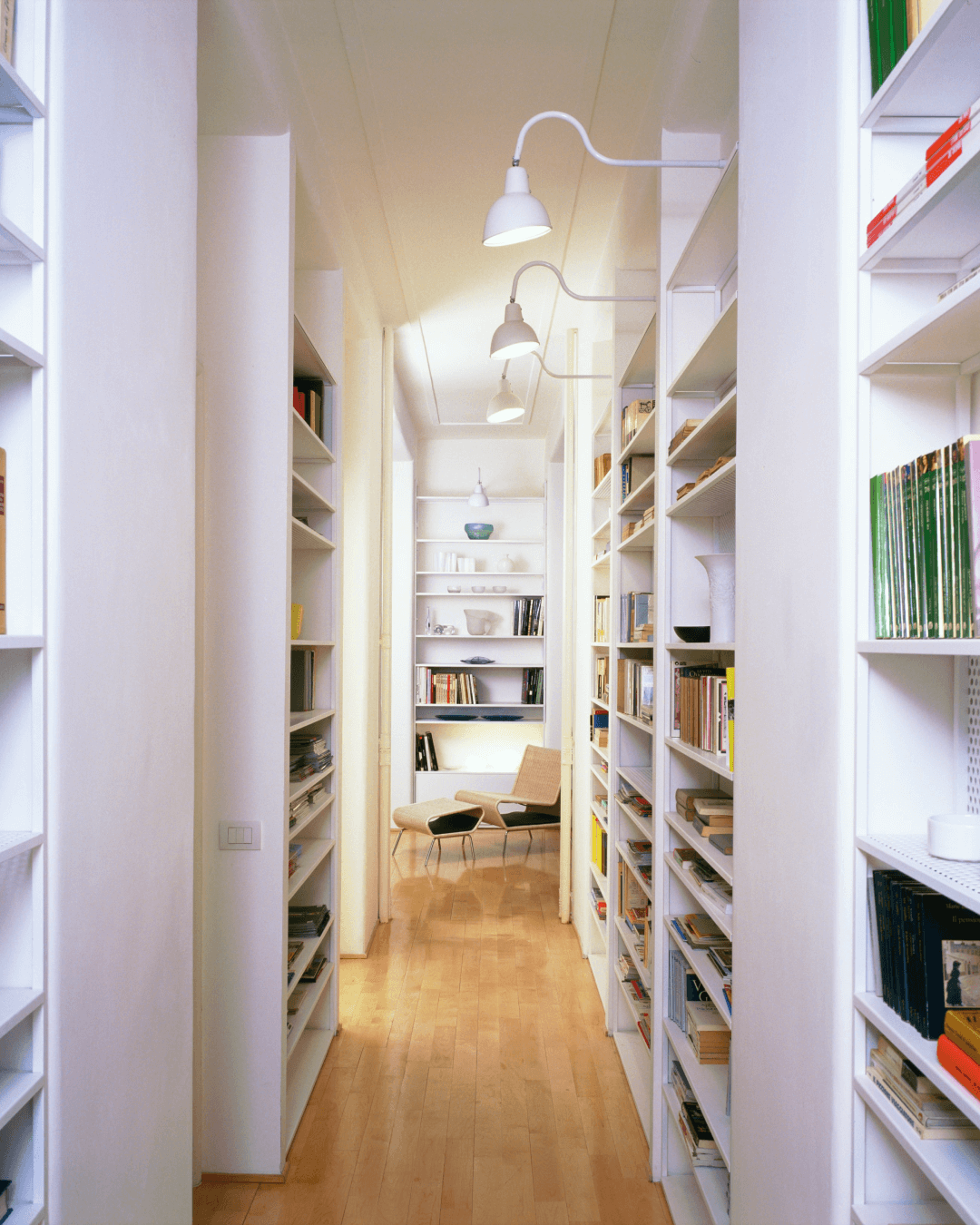
Slight alienations, unexpected situations that make some domestic behaviors less usual. Like entering the kitchen through a door that looks like a wall, consulting a recipe hanging on the wall, in a metal lectern. But also, opening the little windows (white or black depending on your mood) allow you to change the perspectives in the bedroom wardrobe. Or even looking through the holes in the sheet metal that draws a constellation in the kitchen cabinets. Which is counterbalanced by a Kiefer sky that breaks through the ceiling on a starry night.

In general, what do you think is fundamental in designing a house?
First of all, the functional, distributive and technological problems, that is, all the practical needs of those who will live there, and which represent an unavoidable starting point.
However, I think that it is then very important to interpret (I would almost say bring to light, making them emerge) the interests and personality of each inhabitant-of-the-house. A house that in the end should almost be a portrait, capable of highlighting the specificities of different people, in a journey of self-knowledge. For me, it has always been a great satisfaction to hear clients say, perhaps years later, that they completely recognized themselves in the house I had designed, that they felt it was just “their” home and could not have changed it for any other.
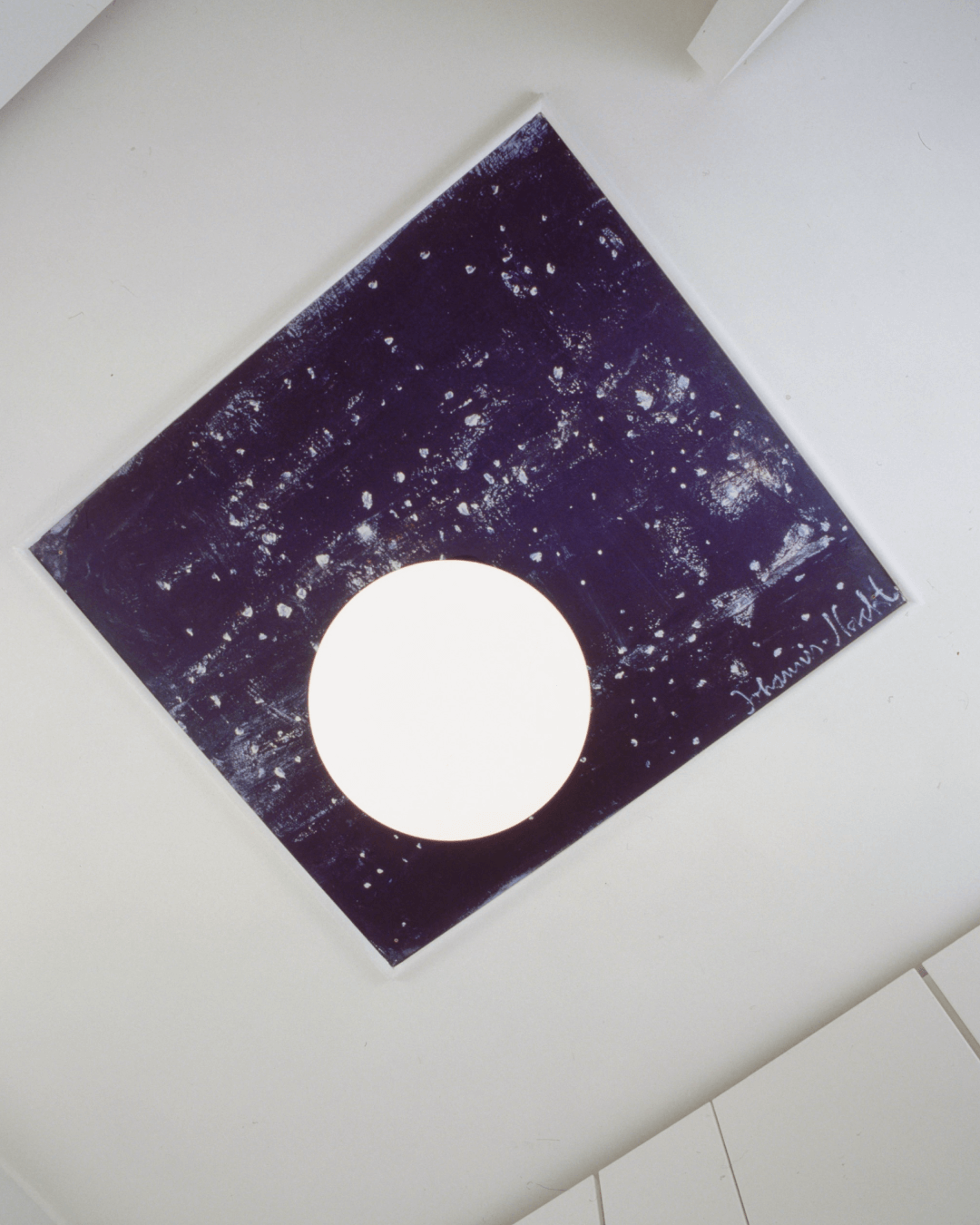
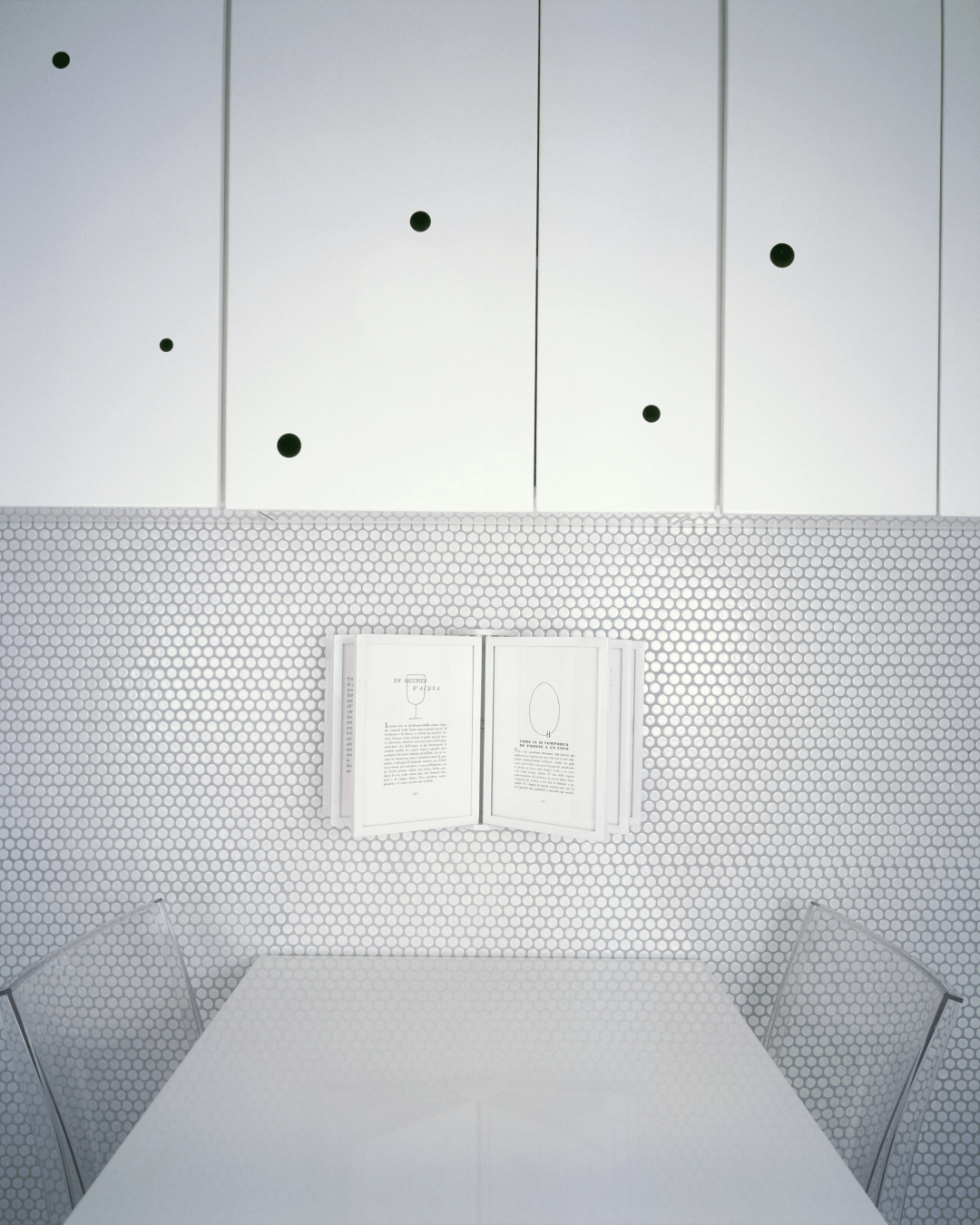
How did the collaboration with Covo come about and in what way do you feel close to this company?
Covo is a brand that I have been following with great interest for years. I was therefore happy to start a collaboration with them. Also, because I have always appreciated their extremely rigorous approach to the project (I would say almost Scandinavian/Japanese), even in times of overflowing decorativism and the return of post-modernism.
There are several points of confluence or, if you like, affinities. For example, the concept of design as a story, to which each object adds a word or a phrase. With pieces that are never indifferent or anonymous presences. Objects of affection intended to accompany us in our lives.

We are also brought closer by the idea that contemporaneity must maintain a link with tradition through a simple but recognizable language. And the constructive relationship with craftsmanship, often involved in the processes of prototyping objects. “Floret”, (this is the name of the new collection) is born from the geometry of flowers, at the same time simple and complex. But also, from the suggestion of the lights that have cheered up our childhood, in the streets of cities or towns. It is a project that wants to have a strong identity, but without spectacular forcing, and to maintain a joyful component.
An important part of your work is made up of collaborations with independent and niche brands, what kind of research and design experience does it offer you?
In recent years I have also had the opportunity to work with some high-quality artisan production companies. A kind of collaboration that has allowed me to push the reflection into territories different from those that characterize the project for industrial production companies. In particular, the collaboration with an extraordinary Japanese craftsman, Hiroaki Usui, who works wood using the most ancient techniques of the local tradition. The result is a series of trays that reinterpret some suggestions of the landscape: the countryside with its fields of different colors, an archipelago, the shape of the city blocks. Signs of a geography to be redrawn in our imagination.
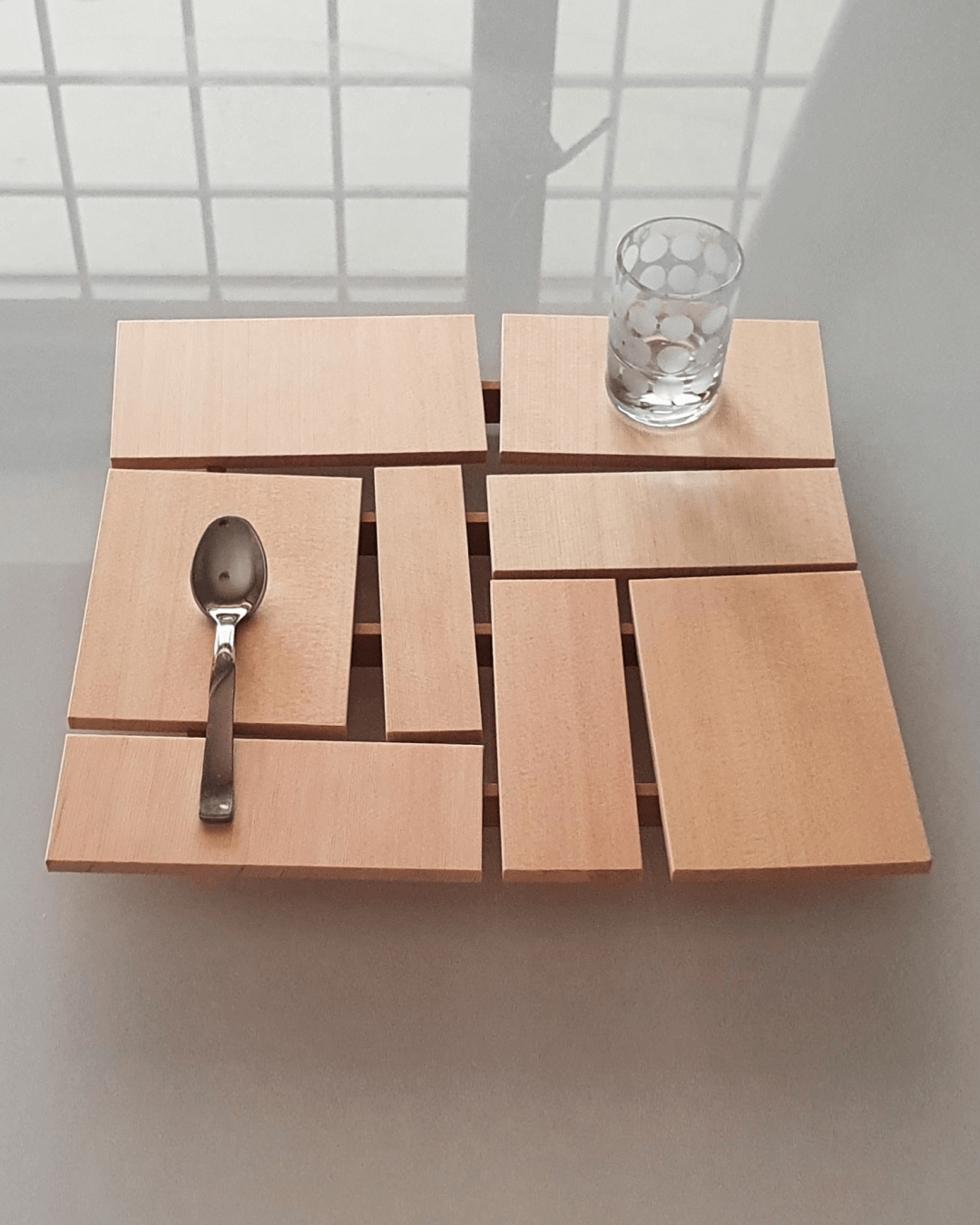
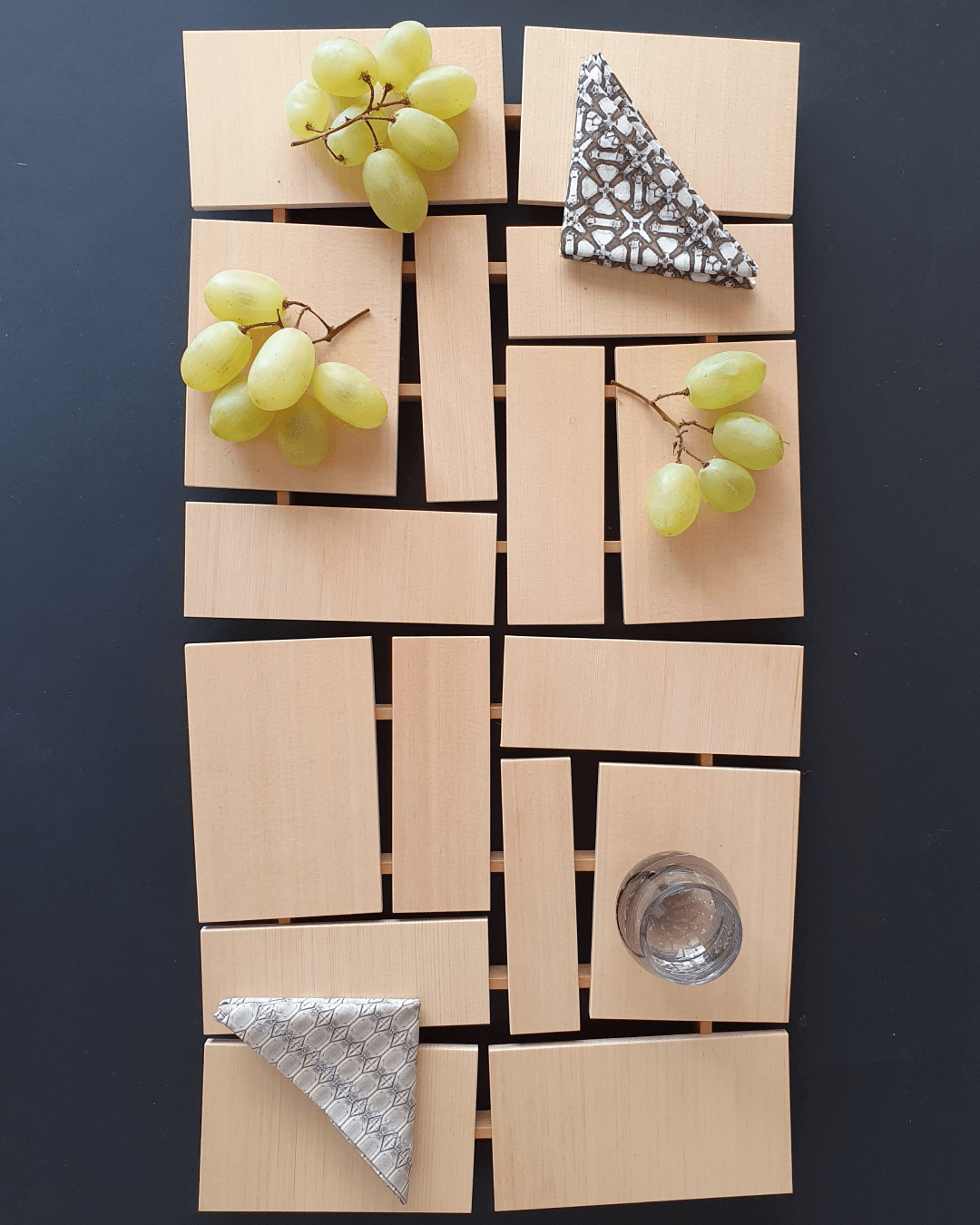
Another experience, totally new to me, was working with “Luci di seta”, a Venetian company that produces fabric lamps (handmade and completely Italian in terms of workmanship and materials used). An experience that had to overcome various difficulties, such as the complex creation of the support frames, but which allowed me to explore irregular organic shapes and asymmetrical volumes. To translate them into a family of sculpture-lamps to be experimented with movement, because they change with each point of view.